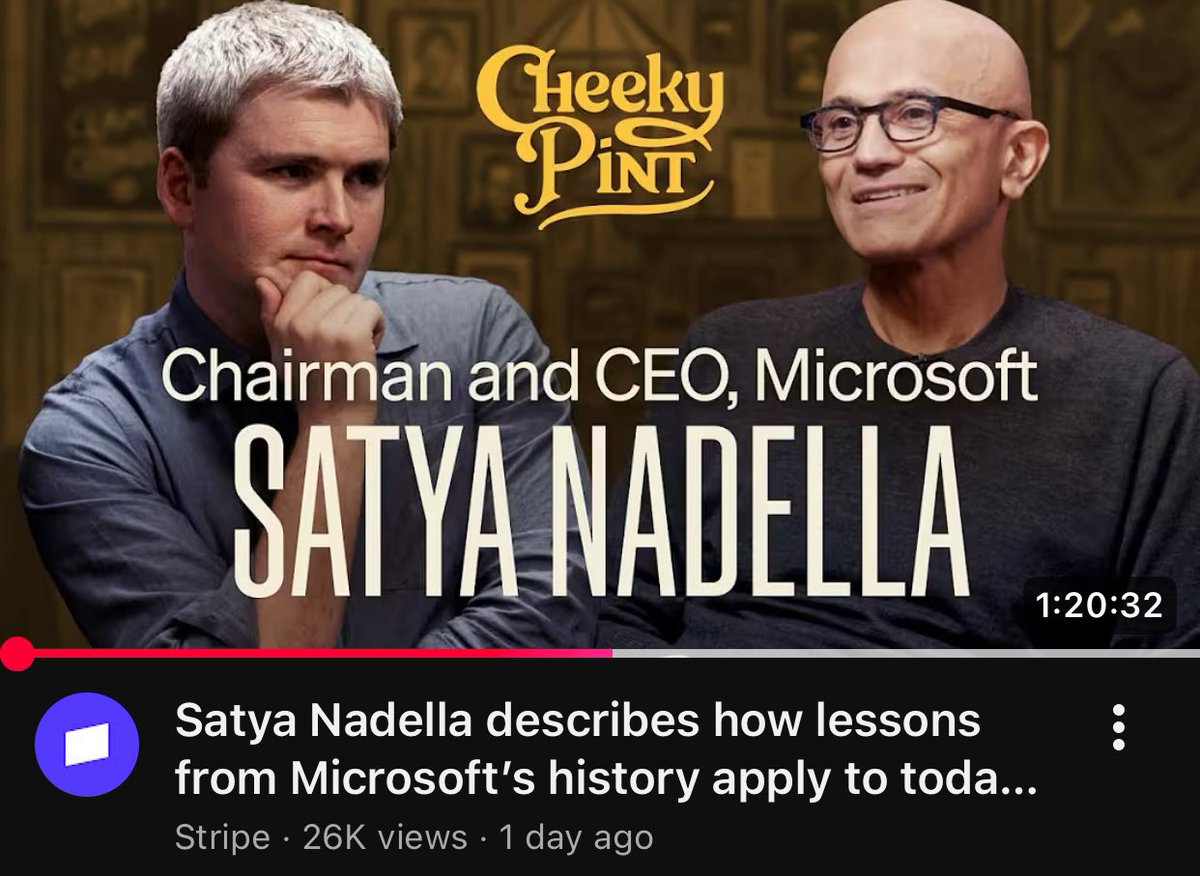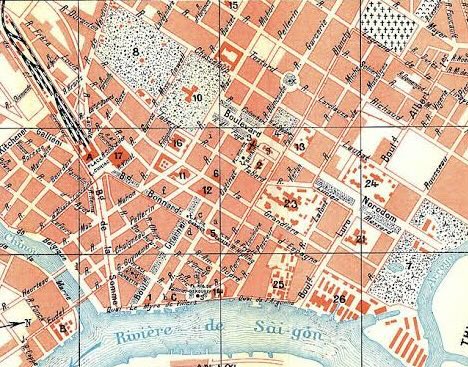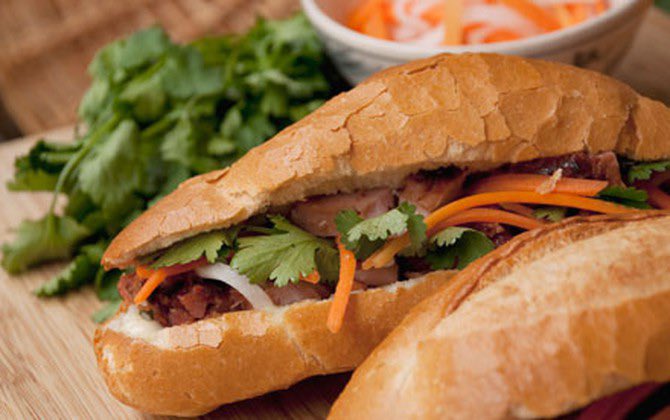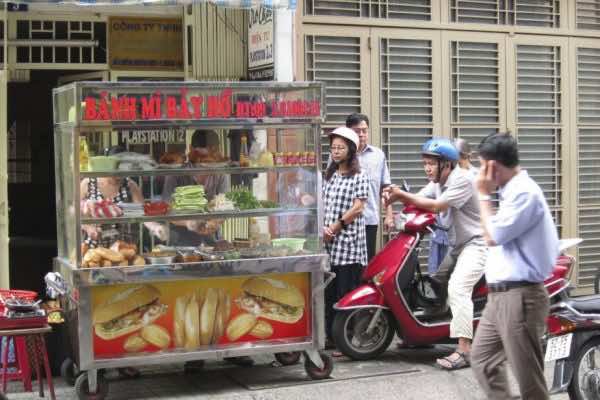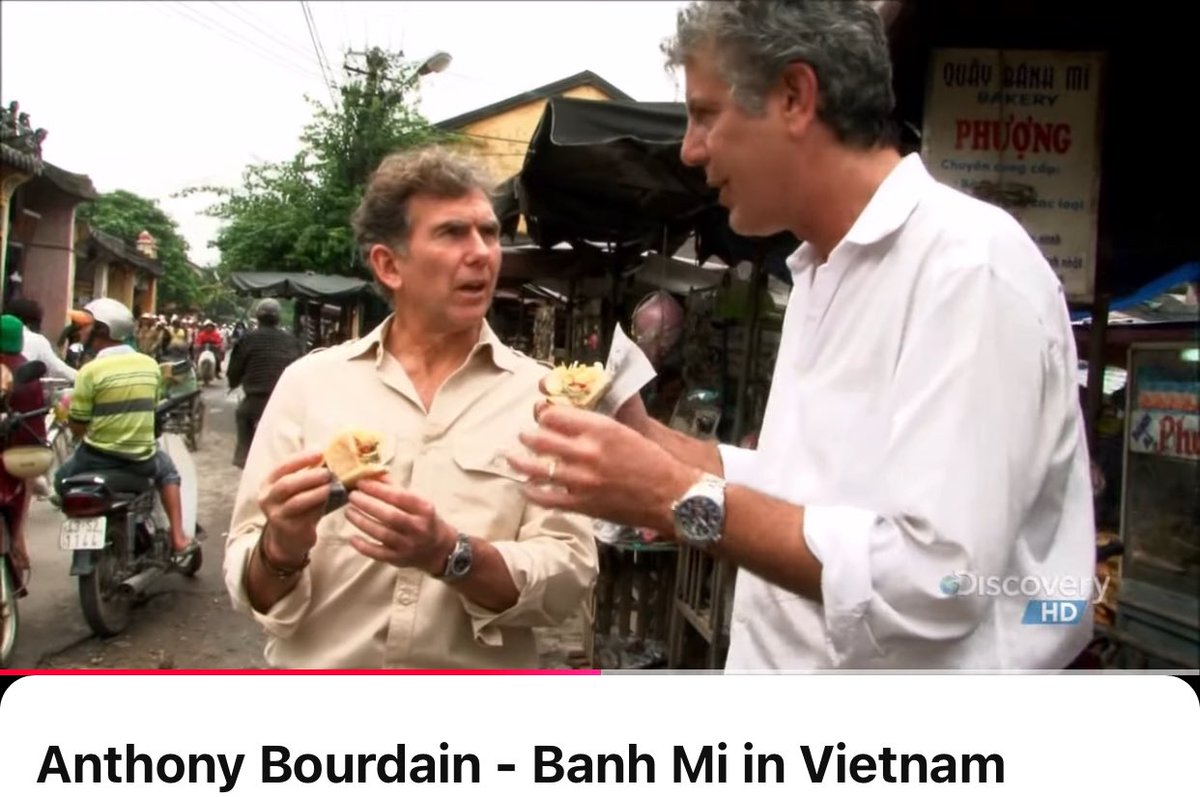1/ Brex raised new funding at a $7.4B valuation.
Interestingly, the corporate card startup launched in 2018 with a very successful $300k out-of-home (OOH) ad campaign.
Here's a breakdown of Brex's OOH strategy 🧵
Interestingly, the corporate card startup launched in 2018 with a very successful $300k out-of-home (OOH) ad campaign.
Here's a breakdown of Brex's OOH strategy 🧵
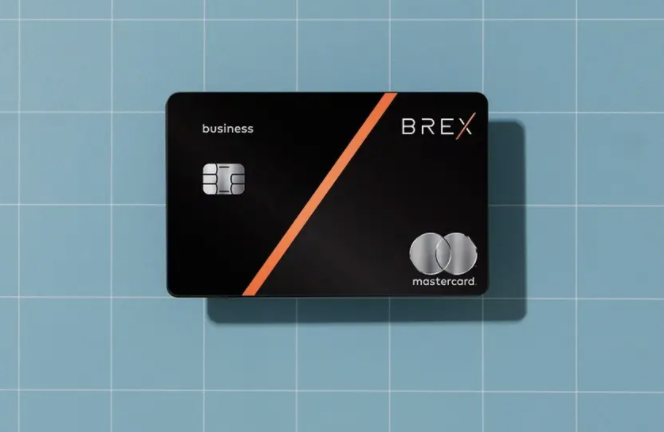
2/ First, what are out-of-home (OOH) ads?
There are 4 major categories:
◻️ Street furniture (bus benches, phone kiosks)
◻️transit (taxis, busses, airports)
◻️place-based (arenas, shopping malls)
◻️billboards (traditional and digital)
Billboards make up 60%+ of OOH inventory.
There are 4 major categories:
◻️ Street furniture (bus benches, phone kiosks)
◻️transit (taxis, busses, airports)
◻️place-based (arenas, shopping malls)
◻️billboards (traditional and digital)
Billboards make up 60%+ of OOH inventory.
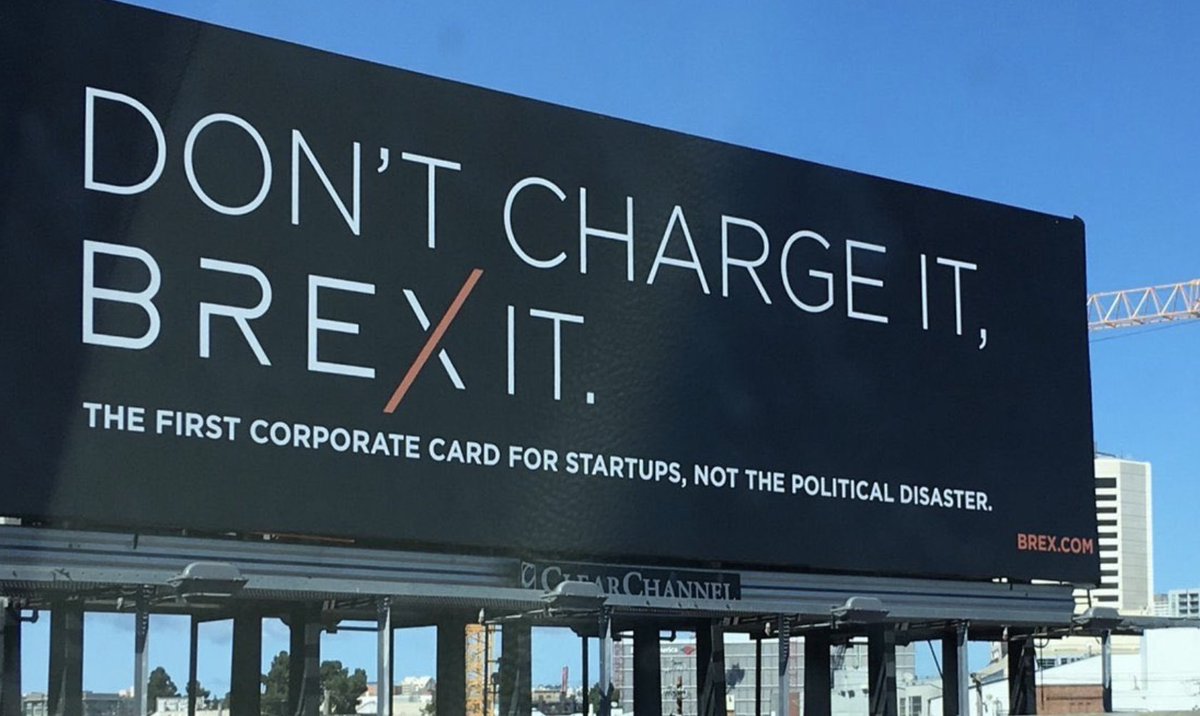
3/ What's interesting about OOH is that if used correctly, the cost to reach 1k people (aka CPM) is cheaper than other ad options. 

4/ In OOH campaigns, there is usually a trade off between:
◻️ Frequency: How often your target demo sees an ad
◻️ Reach: How many *total* people see your ad
Brex launched to a very specific demo (startup founders in SF), so it optimized for frequency:
◻️ Frequency: How often your target demo sees an ad
◻️ Reach: How many *total* people see your ad
Brex launched to a very specific demo (startup founders in SF), so it optimized for frequency:

5/ Brex spent $300k for a 3-month campaign to "dominate" its chosen area.
"Dominate" entails:
◻️ Owning 50%+ of the ad inventory in a selected region
◻️ Capture attention quickly and be omnipresent
Brex really did feel like it was "everywhere"
"Dominate" entails:
◻️ Owning 50%+ of the ad inventory in a selected region
◻️ Capture attention quickly and be omnipresent
Brex really did feel like it was "everywhere"
6/ Brex used the "Anchor and Amplification" strategy.
An ANCHOR is a big attention-grabbing ad unit that a large % of your audience sees (eg. Brex took over the platform station next to Oracle Park)
Once you establish an anchor, AMPLIFY your message around the city w/ more ads.

An ANCHOR is a big attention-grabbing ad unit that a large % of your audience sees (eg. Brex took over the platform station next to Oracle Park)
Once you establish an anchor, AMPLIFY your message around the city w/ more ads.


7/ Choosing locations
With so many options, it's important to do "market rides" (a "from-the-ground" POV)
A well-known Brex billboard is “Money Tree”. This ad space was long devalued b/c a tree obstructed it.
A market ride found it had the opportunity for a clever creative.

With so many options, it's important to do "market rides" (a "from-the-ground" POV)
A well-known Brex billboard is “Money Tree”. This ad space was long devalued b/c a tree obstructed it.
A market ride found it had the opportunity for a clever creative.
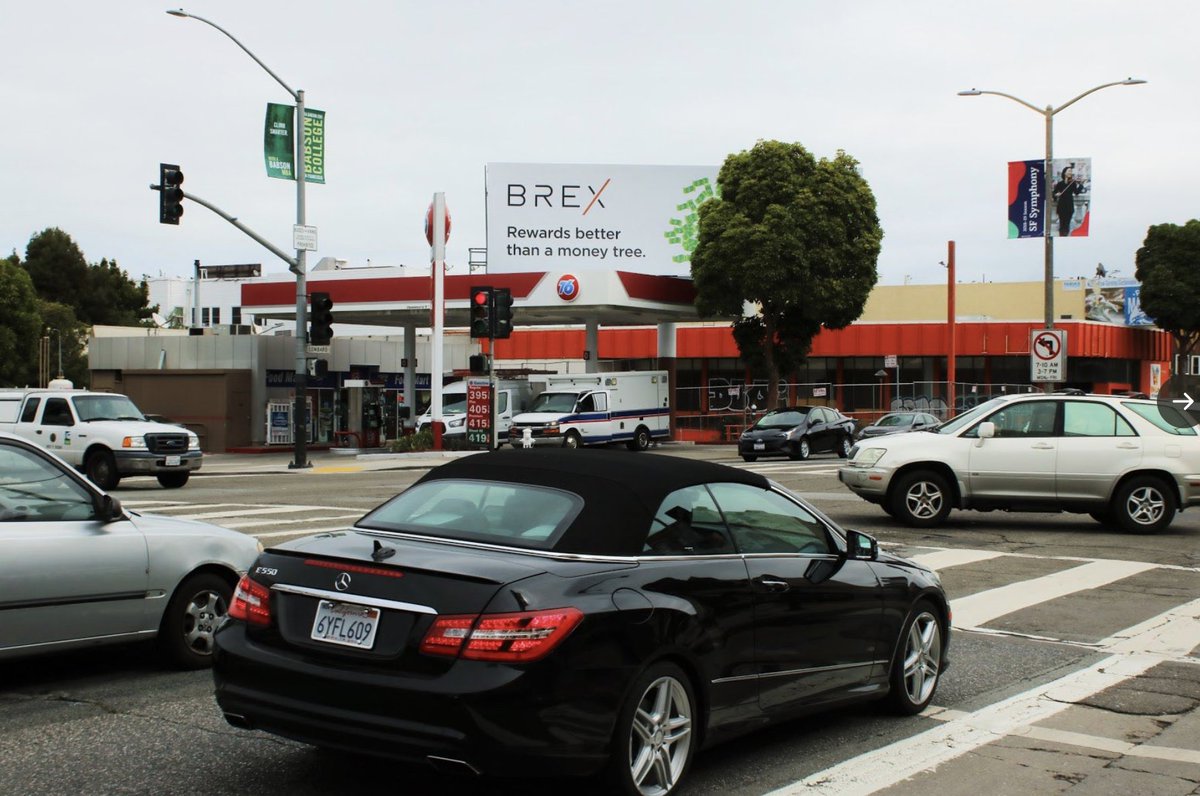
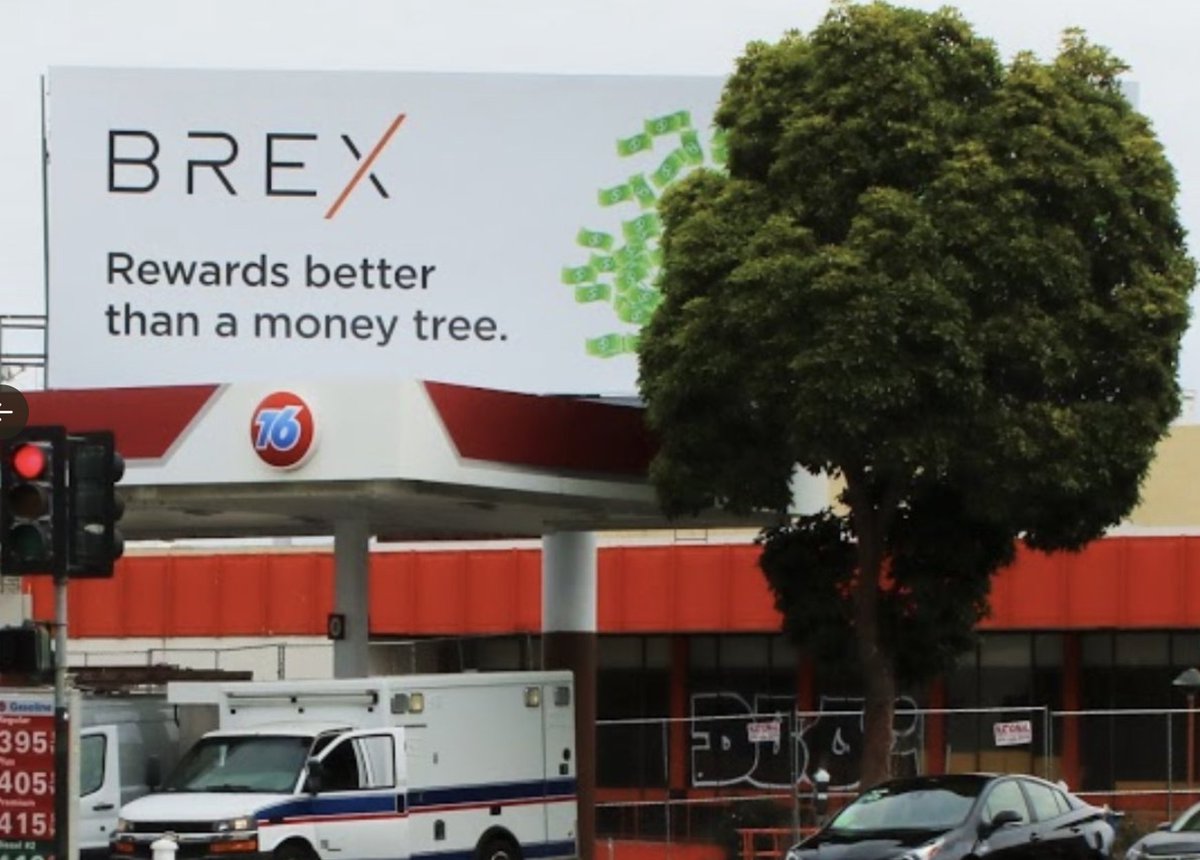
8/ Creative tips #1
◻️At the start of a campaign, the message should be very direct and clear ("the first corporate card for startups").
◻️ After brand is more established, you can ad some mystery ("this will catch your 'interest'") to drive curiosity

◻️At the start of a campaign, the message should be very direct and clear ("the first corporate card for startups").
◻️ After brand is more established, you can ad some mystery ("this will catch your 'interest'") to drive curiosity

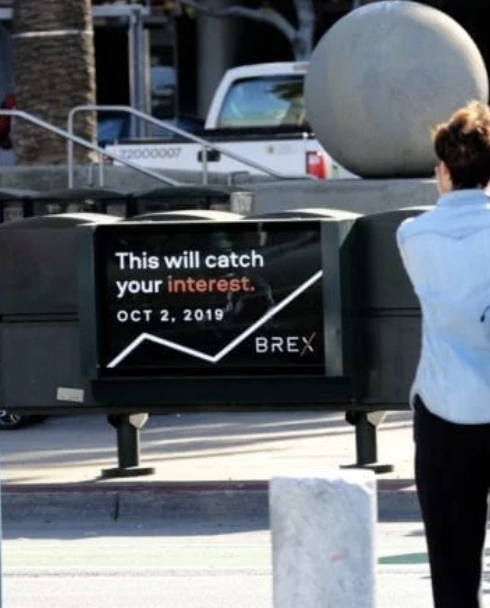
9/ Creative tips #2
◻️ OOH happens in a flash (keep copy to 7 words or less)
◻️ Color contrast is key to make ads -- often seen at a distance -- legible (stick to primary/complementary color combos)
◻️ Don't forget the CTA (brex.com/rewards)

◻️ OOH happens in a flash (keep copy to 7 words or less)
◻️ Color contrast is key to make ads -- often seen at a distance -- legible (stick to primary/complementary color combos)
◻️ Don't forget the CTA (brex.com/rewards)
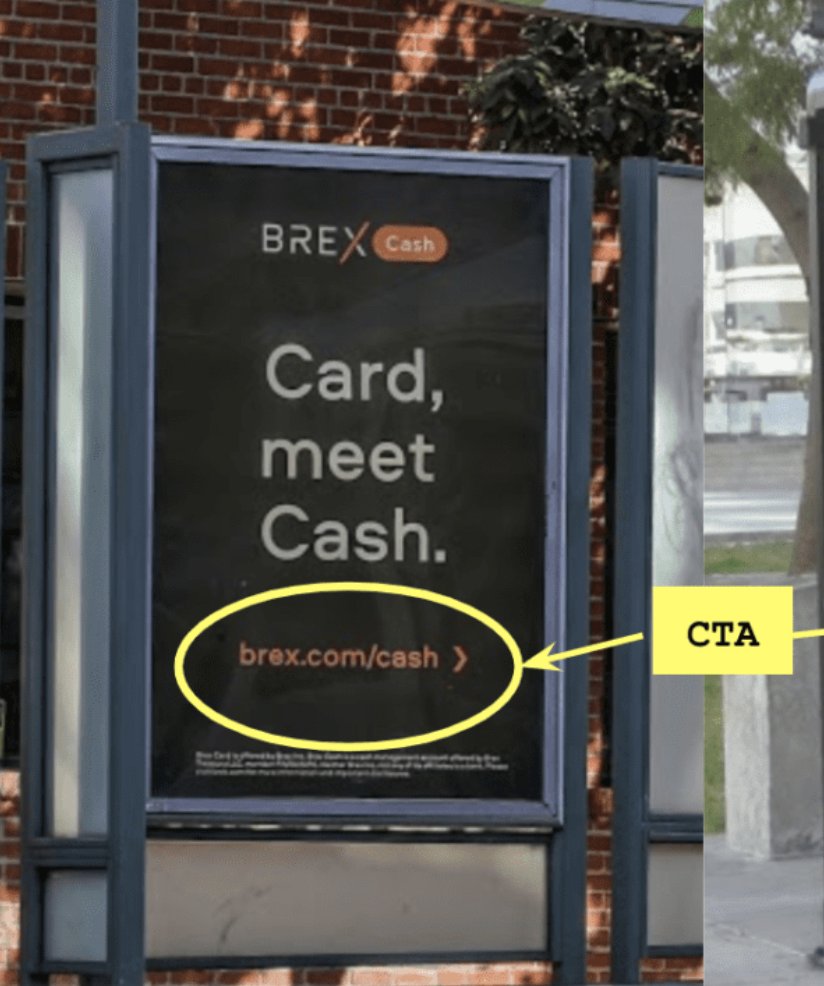

10/ The playbook is from a Q&A I did w/ Brex's Head of OOH last year for Trends.
Brex rolled out a similar strategy for 2 other demos: ecomm (in LA) and life sciences (in Boston)
For more biz gold, smash that FOLLOW: @TrungTPhan
Brex rolled out a similar strategy for 2 other demos: ecomm (in LA) and life sciences (in Boston)
For more biz gold, smash that FOLLOW: @TrungTPhan
https://twitter.com/TrungTPhan/status/1379938847115542529?s=20
12/ More OOH Resources
Geopath (for initial OOH mapping and measurement): explore.geopath.io/user/public
List of 200+ OOH ad companies: geopath.org/our-org/
Rate card for Clearchannel (an OOH vendors) to see inventory costs: clearchanneloutdoor.com/how-to-buy/rat…
Geopath (for initial OOH mapping and measurement): explore.geopath.io/user/public
List of 200+ OOH ad companies: geopath.org/our-org/
Rate card for Clearchannel (an OOH vendors) to see inventory costs: clearchanneloutdoor.com/how-to-buy/rat…
• • •
Missing some Tweet in this thread? You can try to
force a refresh


